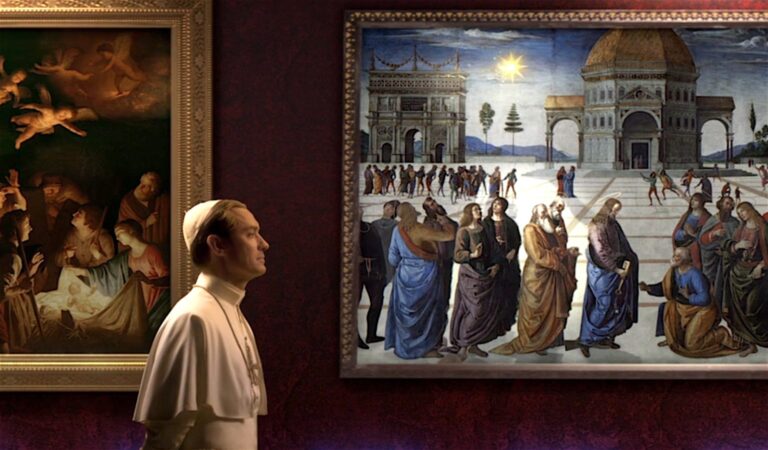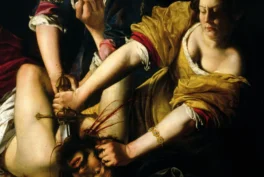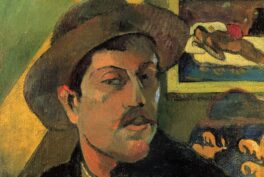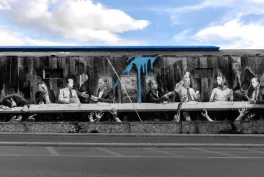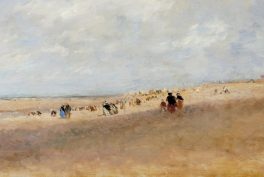The Young Pope is a new drama television series created and directed by one of my favorite directors – Paolo Sorrentino (known for Great Beauty) for Sky Atlantic, HBO, and Canal+. If you haven’t checked it yet, I highly recommend you to try. The young pope, Pius XIII (real name: Lenny Belardo, played by Jude Law) is an illiberal orphan who smokes like a chimney and drinks cherry Diet Coke. His mission is to restore the authority to the church. He installs the nun who raised him (Diane Keaton) as his chief of staff and proposes to boost the quasi-divine mystique of the office by rationing his appearances in the style of JD Salinger or Daft Punk.
Everything takes place in Vatican (of course…), so the sets are just beautiful. There are also a lot of references to art, architecture, culture… Just watch the episodes’ opening:
Do you know all the masterpieces shown there? No? It seems that they are the clue to the episodes’ narrative, but maybe we won’t give you spoilers, only a short info about them – that should be enough. So here you are, all of the paintings deciphered:
1. Gerard van Honthorst, The Adoration of the Shepherds
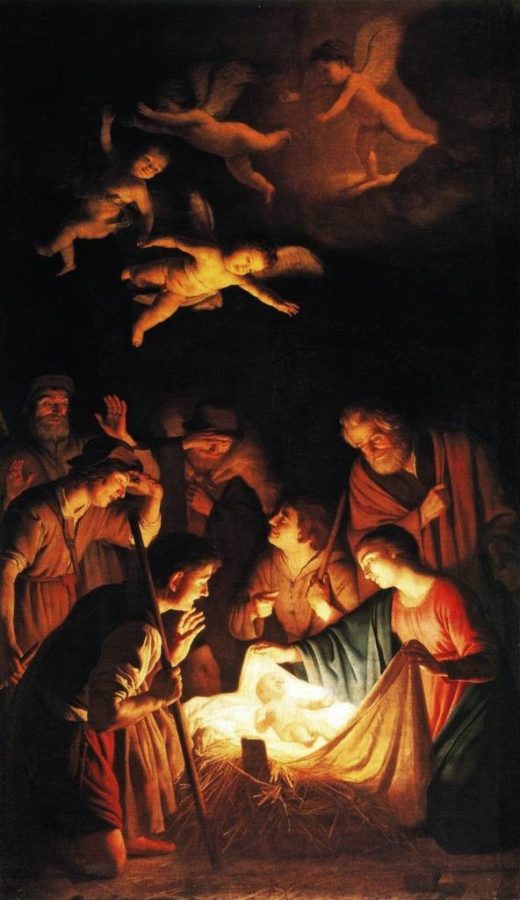
The Adoration of the Shepherds is a scene in which shepherds are near witnesses to the birth of Jesus in Bethlehem. In painting it is often combined with the Adoration of the Magi, in which case it is typically just referred to by the latter title. This painting was destroyed in 1993 by Italian Mafia in Via dei Georgofili bombing.
2. Pietro Perugino, Delivery of the Keys
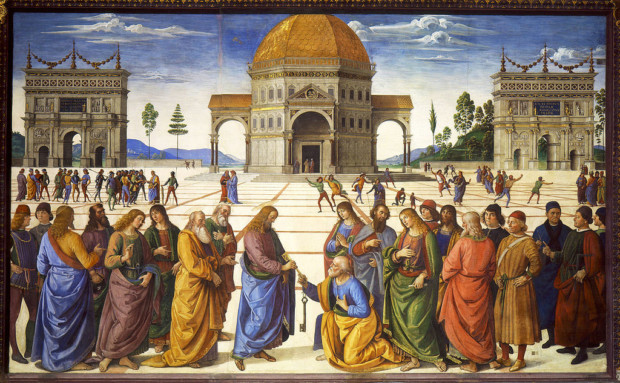
The scene, part of the series of the Stories of Jesus on the chapel’s northern wall, is a reference to Matthew 16 in which the “keys of the kingdom of heaven” are given to Saint Peter. These keys represent the power to forgive and to share the word of God thereby giving them the power to allow others into heaven.
3. Caravaggio, Conversion on the Way to Damascus
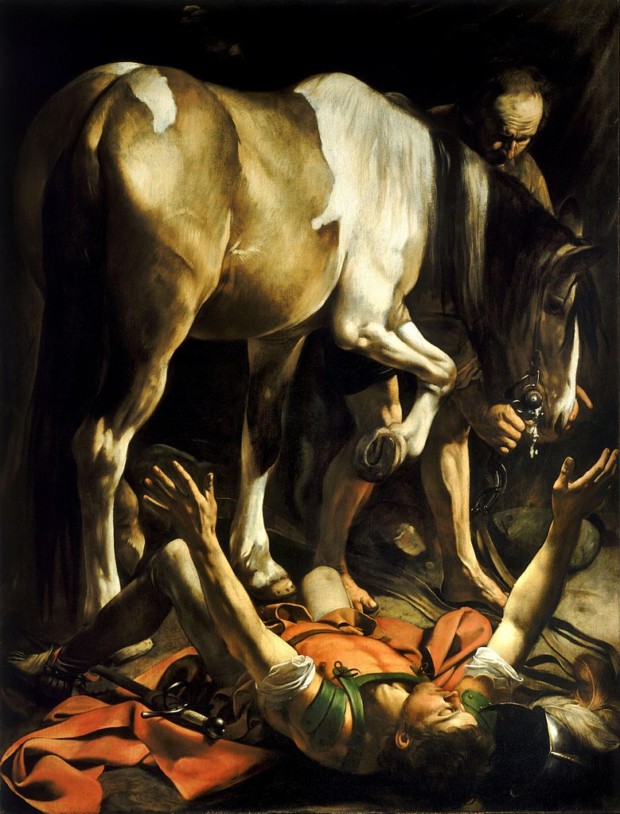
This painting depicts the moment recounted in Chapter 9 of Acts of the Apostles when Saul, soon to become the apostle Paul, fell down on the road to Damascus. He heard the Lord say “I am Jesus, whom you persecute, arise and go into the city”. Tge scene shows the very moment Paul is overcome with the spirit of Jesus Christ and has been flung off of his horse.
4. The Council of Nicaea
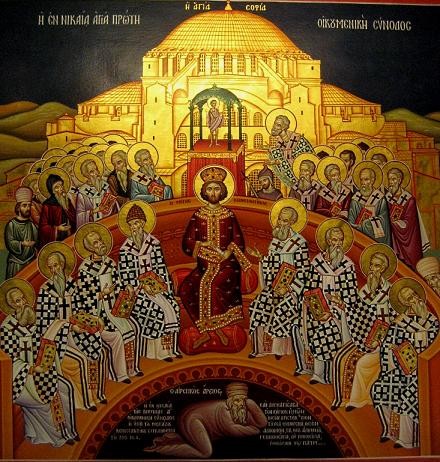
The First Council of Nicea was a council of Christian bishops convened in the Bithynian city of Nicaea by the Roman Emperor Constantine I in AD 325. This first ecumenical council was the first effort to attain consensus in the church through an assembly representing all of Christendom. Its main accomplishments were settlement of the Christological issue of the nature of the Son of God and his relationship to God the Father, the construction of the first part of the Creed of Nicaea, establishing uniform observance of the date of Easter, and promulgation of early canon law.
5. Francisco Hayez, Peter the Hermit riding a white mule with a crucifix in his hand and circulating through the cities and villages preaching the Crusade
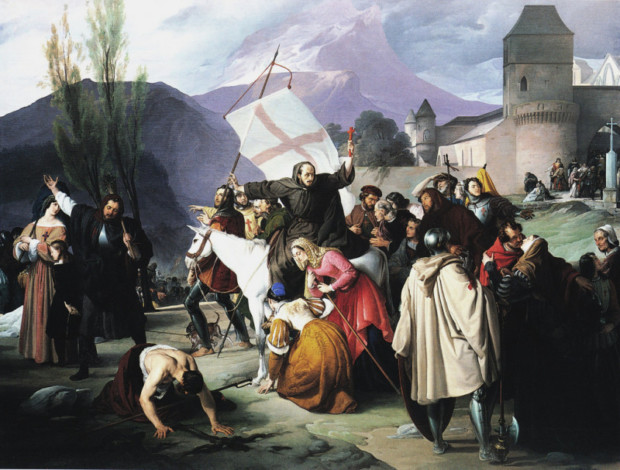
Peter the Hermit was a priest of Amiens and a key figure during the First Crusade. The legend say that Peter the Hermit was the true author and originator of the First Crusade, although later Catholic historians disagreed with it. Everything happened because during an early visit to Jerusalem some time before 1096, Jesus appeared to Peter the Hermit and bade him preach the crusade among the paupers.
6. Gentile da Fabriano, St. Francis Receiving Stigmata
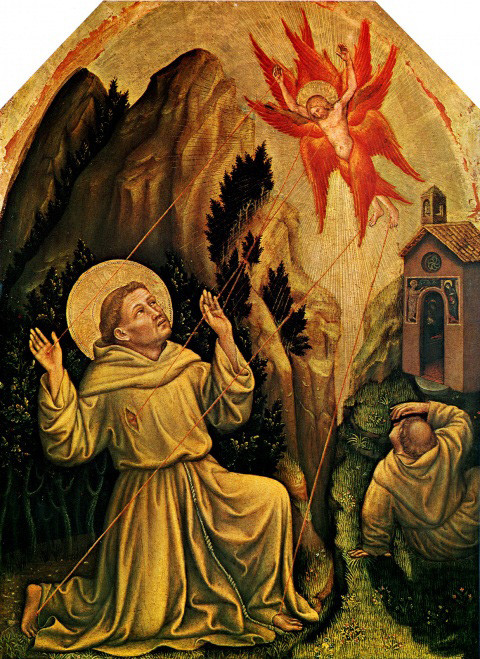
Here, St. Francis is receiving the stigmata of Christ, whom he sees in the form of a seraph (yes, this is how seraphs looked like in Middle Ages and at the beginning of Renaissance) while praying on Mount Alverno. That’s a classic manner of representation of St. Francis – first time presented this way by Giotto around 1300.
7. Mateo Cerezo, St. Thomas of Villanueva Distributing Alms
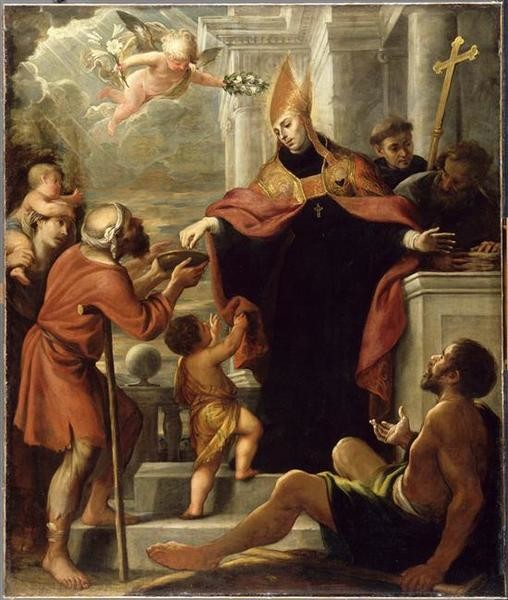
St. Thomas of Villanova was a Spanish friar of the Order of Saint Augustine who was a noted preacher, ascetic and religious writer of his day. He became an archbishop who was famous for the extent of his care for the poor of his see.
8. Domenico Cresti, Michelangelo Presenting the Model for the Completion of St Peter’s to Pope Pius IV
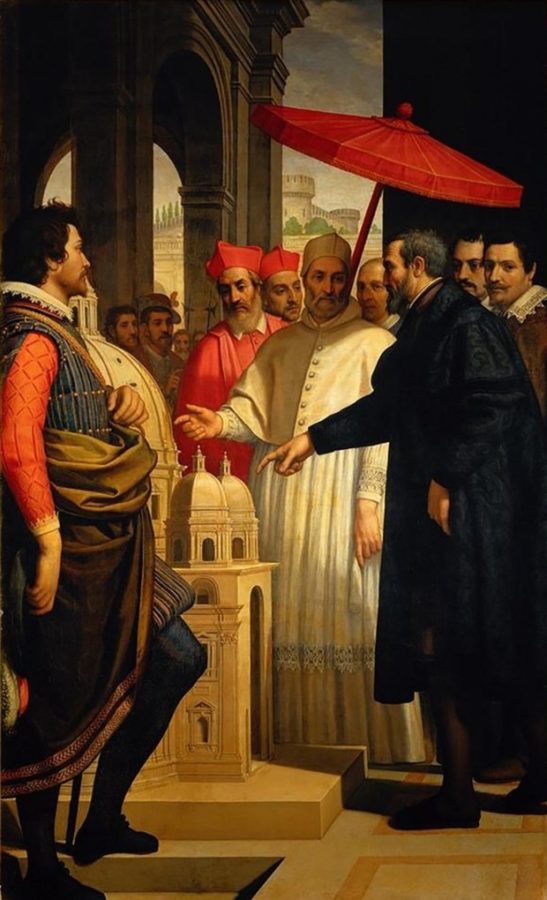
The title of this painting says all, I guess 🙂 For your information, St. Peter’s Basilica as we know it now wasn’t always like this. The first building of the Basilica stood, from the 4th to 16th centuries and it built over the historical site of the Circus of Nero. By the 15th century the church was falling into ruin, so it had to be demolished. Pope Julius II was the pope who decided to rebuild it yet his plans were so costly and lavish, that they inspired Martin Luther to reform the Church.
9. François Dubois, The St. Bartholomew’s Day massacre
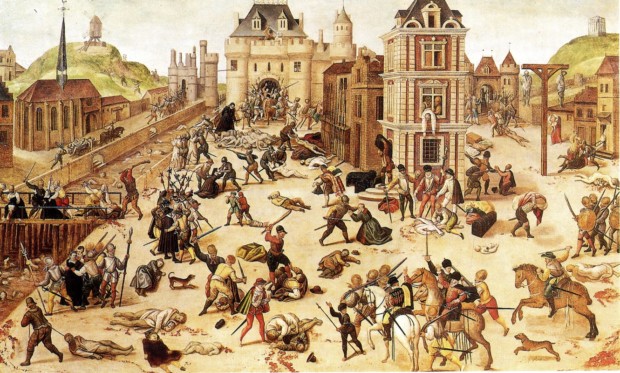
The St. Bartholomew’s Day massacre in 1572 was a targeted series of assassinations and a wave of Catholic mob violence, directed against the Huguenots (French Calvinist Protestants) during the French Wars of Religion. Traditionally believed to have been instigated by Catherine de’ Medici, the mother of King Charles IX, the massacre took place five days after the wedding of the king’s sister Margaret to the Protestant Henry III of Navarre (the future Henry IV of France). This marriage was an occasion for which many of the most wealthy and prominent Huguenots had gathered in largely Catholic Paris.
10. Maurizio Cattelan, The 9th Hour
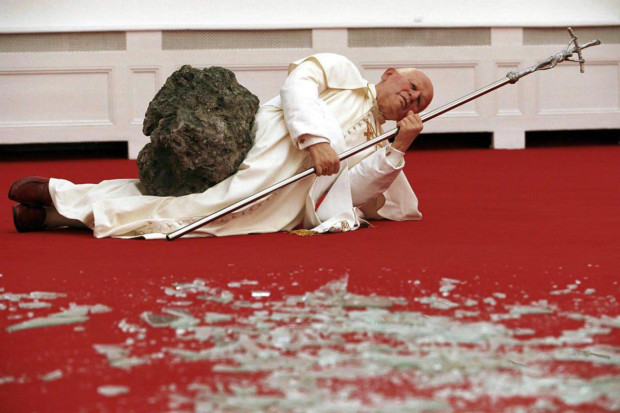
The Ninth Hour represents Pope John Paul II lying on the ground after being stuck by a meteorite. The title of the work alludes to the moment when Christ cries out : “Why have you forsaken me ? ” and dies on the cross. This installation can also evoke other interpretations: perhaps Cattelan, a Roman Catholic, suggests the degradation of the Church as a result of scandals and quickly changing social values. Because the meteor has apparently fallen from the sky – literally from the heavens – it may interpreted be that God himself has assaulted the Church. As the Pope survives and clings to the Papal Cross, perhaps he represents the Church’s eternal fortitude. Oppositely, we may conclude that he is only a man and should not be venerated.
Find out more:
